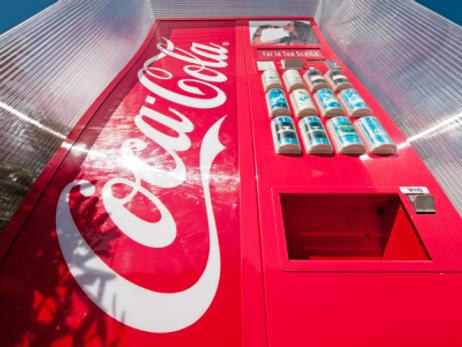Student snacking during the school day is about to become a whole lot healthier, thanks to new federal standards. New “Smart Snacks” standards will ensure access to foods high in sugar, sodium, and calories will be limited during the school day, whether students are getting the snacks from vending machines in the school hallways or the cafeteria line. The new standards are not scheduled to go into effect until 2014, but already schools are getting ready for what the Smart Snacks standards will mean for their students – and possibly, their bottom line.
This video illustrates some of the possibilities for smart snacks.
Smarter Snacking from the USDA
According to a report at Living Green Magazine, the new standards are coming directly from the U.S. Department of Agriculture (USDA). Agriculture Secretary Tom Vilsak stated at the Living Green website, “Nothing is more important than the health and well-being of our children. Parents and schools work hard to give our youngsters the opportunity to grow up healthy and strong, and providing healthy options throughout school cafeterias, vending machines and snack bars will support their great efforts.”
The new Smart Snacks standards will require schools to remove foods like high-calorie soft drinks and sports beverages, candy bars, and cookies from cafeterias, snack bars, and school vending machines. Those selections will be replaced with flavored water, granola bars, and fruit cups. According to the , the new regulations will involve areas that have never been regulated before, including snack counters and vending machines.
The new rules were laid out in a child nutrition law passed by Congress in 2010. The law is part of an overall effort by the federal government to combat the growing epidemic of childhood obesity. The law aims to not just cut out the unhealthy food selections students often go for, but to actually replace those options with selections that are better for them.
Details of the Smart Snacks Standards
According to the , the Smart Snacks standards include:
- Fewer foods that should be avoided on a daily basis, such as high-calorie snacks, and foods that are high in fat, sugar, and sodium
- More foods that are considered nutritious and healthy, such as fruits and vegetables, low-fat dairy, whole grains, and lean protein
- Time for schools across the country to implement the new standards, with training available from the USDA
- Flexibility to allow children to bring lunches from home or bring treats for special occasions like birthdays
- Targeted standards that take age and size into consideration when making recommendations for calorie and caffeine intake
- Reasonable limitations that only apply to foods sold on school campuses during school hours, and not include foods sold at extra events like athletics and bake sales
- Allowance for states and local school districts to implement tighter standards when appropriate
These new standards follow on the heels of regulations governing school lunches that were implemented in 2012. In addition, new standards applying to breakfasts served in schools will be implemented when students return to school this fall. Some of the standards that have already gone into effect have received criticism from some parents and school staff. stated that some complained the lower calorie counts have left some students sluggish and hungry.
Schools Already in the Throes of Change
While the new standards will mean major nutrition changes at some schools, other districts have already moved toward healthier selections for students. In fact, U.S. News reports that 40 states have begun restrictions of unhealthy foods for students, and some have eliminated junk food altogether. Some of the schools that have made the changes have said students were not as affected by the implementation as they had feared.
“It might seem like a difficult transition and that kid would hate it, but it’s really not that big a deal,” Ann Rector, coordinator of health programs at , told Living Green.
California has banned sodas in schools for a number of years and has also replaced traditional greasy potato chips with baked varieties. Rector also said that the change from sodas to water in vending machines did not affect the amount of money the school district raised through the use of these machines.
Concerns over the Standards
However, others have voiced concern over how these changes could affect a school’s ability to raise money through vending machines and snack bars. Sandra Ford, director of food and nutrition services for the in Florida, told U.S. News she predicts her district could lose as much as $975,000 per year if it eliminated all the food items in their schools that would not meet the new regulations.
Another concern is that the federal government is exerting too much influence over local schools systems and their students. The USDA did relax some of the original standards, allowing states to determine limitations on after-school activities and fundraisers involving bake sales.
One of the biggest endorsements for the Smart Snacks standards comes from First Lady Michelle Obama. On the USDA website, Obama was quoted as saying, “Many parents are working hard every day to provide healthy, balanced meals and snacks to their kids. Unfortunately, we don’t always have access to the snacks our kids have access to when they’re away from home. That’s why, as a mom myself, I am so excited that schools will now be offering healthier choices to students and reinforcing the work we do at home to help our kids stay healthy.”
The new Smart Snacks standards were scheduled to go into effect at the beginning of the 2014-2015 school year.
Questions? Contact us on Facebook. @publicschoolreview










